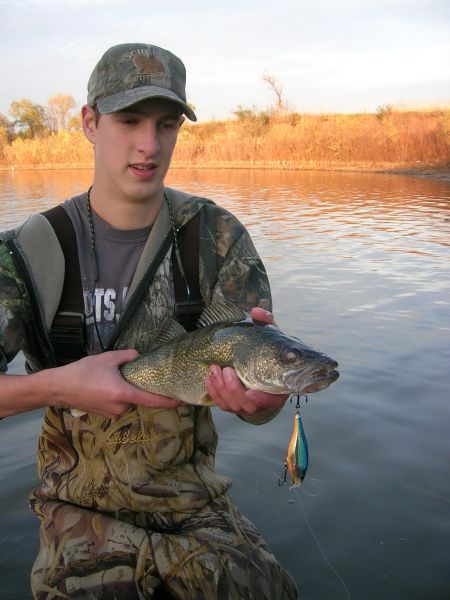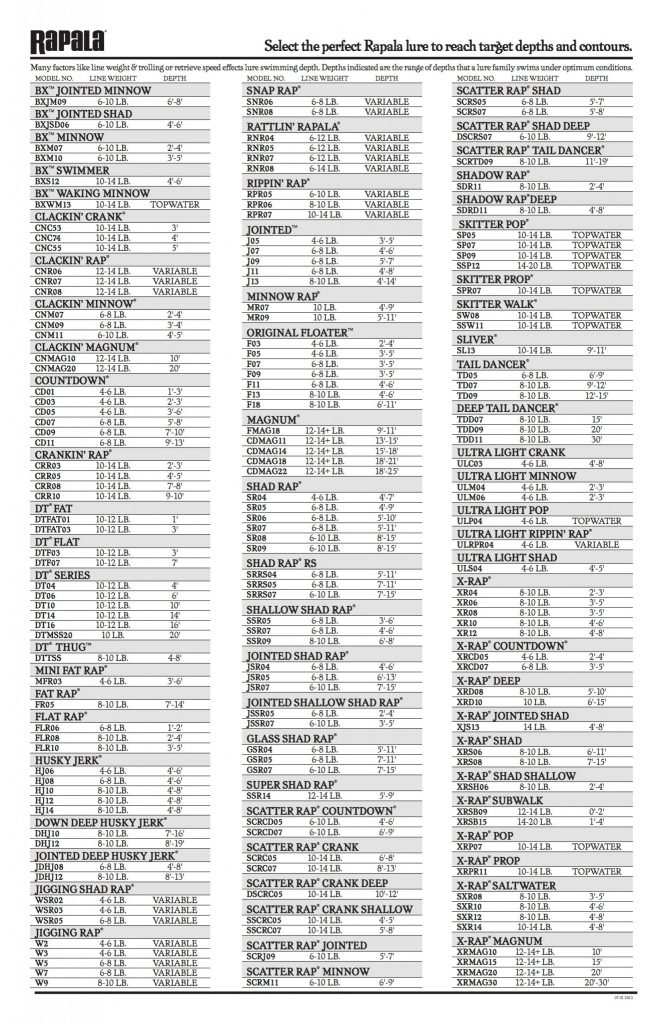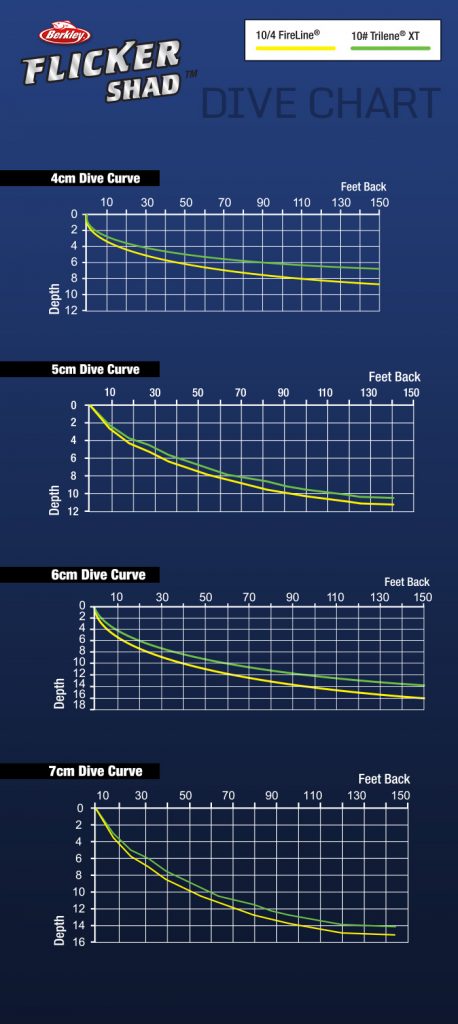I was listening to a podcast by KVD last week. No, not Karl VonDibble, the other KVD, the real KVD. Kevin is known for his rapid fire “power fishing”, and he often is throwing crankbaits. One thing he mentioned in the podcast was confidence; we all tend to fish best with techniques and baits in which we have confidence. I will always tell you that versatility is key to consistent fishing success, but there is no doubt we all have our strengths and our favorite baits and presentations. Power-fishing with crankbaits is one of KVD’s go-to presentations and I have to admit I love casting crankbaits too. There are times that I will keep moving, trying to find active fish that will eat a crankbait instead of slowing down and fishing some other presentation. Or, there are even times when I will stay put on a spot that should attract fish when they become active, and I just keep casting and cranking–eventually they will come and I will be waiting!
Working through the bazillion of bait and lure combinations and potential presentations is part trial and error, part science. It starts with having a target area where you expect fish to be present and then fishing the right depth at the right speed. Depth and speed were the two most important presentations variables for Buck Perry all those years ago and they still are! If the fish are in 30 feet of water, you likely are not going to catch them by fishing 3 feet deep. The key to fishing hard-body artificial lures, “crankbaits”, is having an understanding of how deep those different crankbaits run, and then selecting the right “tool” for the job. Start with depth and speed, those are most crucial, then experiment with actions, sizes, shapes, and lastly, colors.
There are a million different crankbaits on the market; most of them float until retrieved and then they dive. Generally, you can get an idea of how deep they will run by looking at the plastic lips on the front of the bait. Long lips generally mean deep-diving while shorter lips mean shallower. The exception to that rule would be weighted baits like rattle baits (e.g. Rat-L-Trap, Clackin’ Rap, Rippin’ Rap). Those baits sink instead of float and to a large extent the deeper they are allowed to sink before being retrieved the deeper they run.
Diameter of line being used will impact the running depth of crankbaits. Thinner lines offer less resistance and allow baits to run deeper. For that reason, thin-diameter “super-lines” are popular for both casting and trolling crankbaits (e.g. FireLine, Suffix 832, PowerPro). The no-stretch characteristics of those “super-lines” is also a desirable quality for most crankbait anglers, but may require using softer-action rods to prevent ripping hooks out of fish.
There are some aids that will help anglers figure out the running depth of various crankbaits. Some manufacturers have them available. I love Rapala crankbaits, you can find a table that lists the running depth of their baits:
Or if you like pictures and colors, try it this way:
Berkley publishes a similar chart for their Flicker Shad baits:
When you get to the Flicker Shad web page, click on “See Dive Chart”
I know Luhr Jensen crankbaits are not nearly as popular, but they have a similar depth chart for their baits if you still have some of them: Depth Chart for Crankbaits. Follow the link to that “Tackle Box Report”, there is a lot of good fundamental information there on fishing crankbaits.
Dive depth is crucial for anglers trolling crankbaits, and many of those anglers have taken this to a science. If you can find one of the old Precision Trolling books, you will see what I mean as that whole book is full of different crankbaits and their diving depths. You will also see that since it is out of print, any of those books that you can find are worth $$$!
The books may be next to impossible to get into your hands, but as you can imagine the “Precision Trolling” label has gone high-tech. Books are silly, it is all available on electronic devices now, Precision Trolling Data, llc. If you do any trolling, you will want to check out the “apps” and other products they have available, and they are very much applicable to casting crankbaits too.
Those are some resources that are available to help anglers determine the critical information of how deep their lures/crankbaits will run. However, nothing includes all of the million crankbaits that are on the market. For some of them, you will have to figure that out for yourself, and for that nothing beats time on the water. Funny, seems like I am always saying that–the best thing you can do is GO FISH, keep chucking ’em out and reeling ’em in. The more you do that the more confidence you will have and the more confidence you have the more fish you will catch, and the more you will keep doing it. It is the “circle of success”!

You’ll know!
The post Running Depth appeared first on NEBRASKALand Magazine.


















